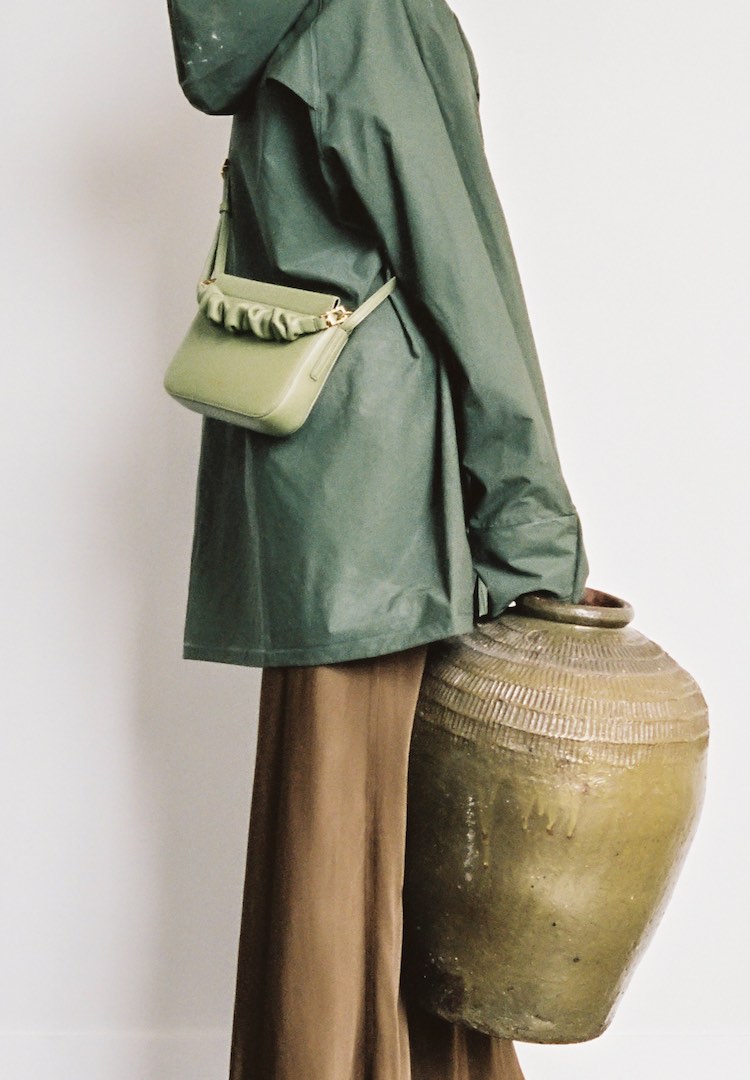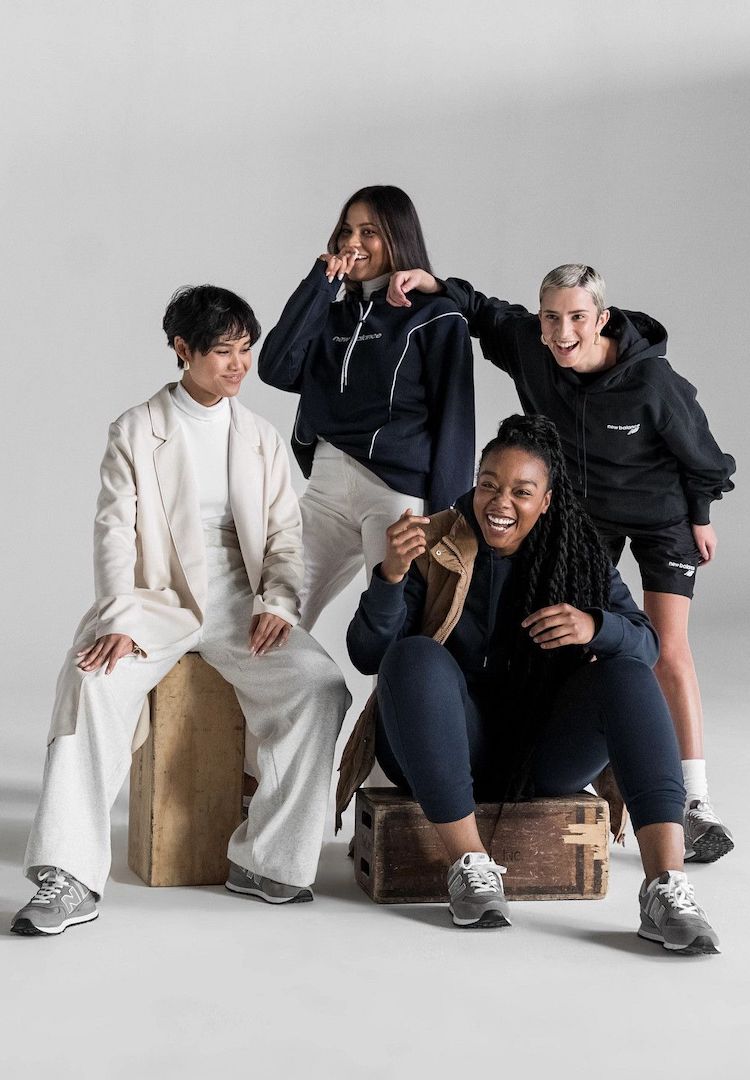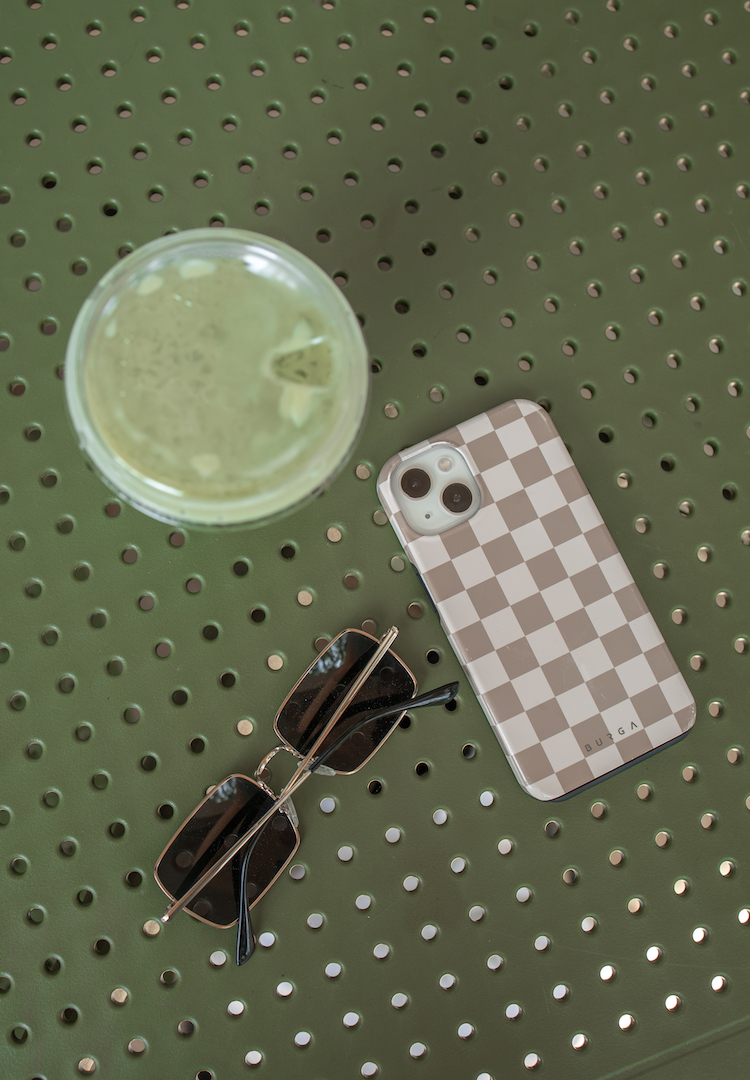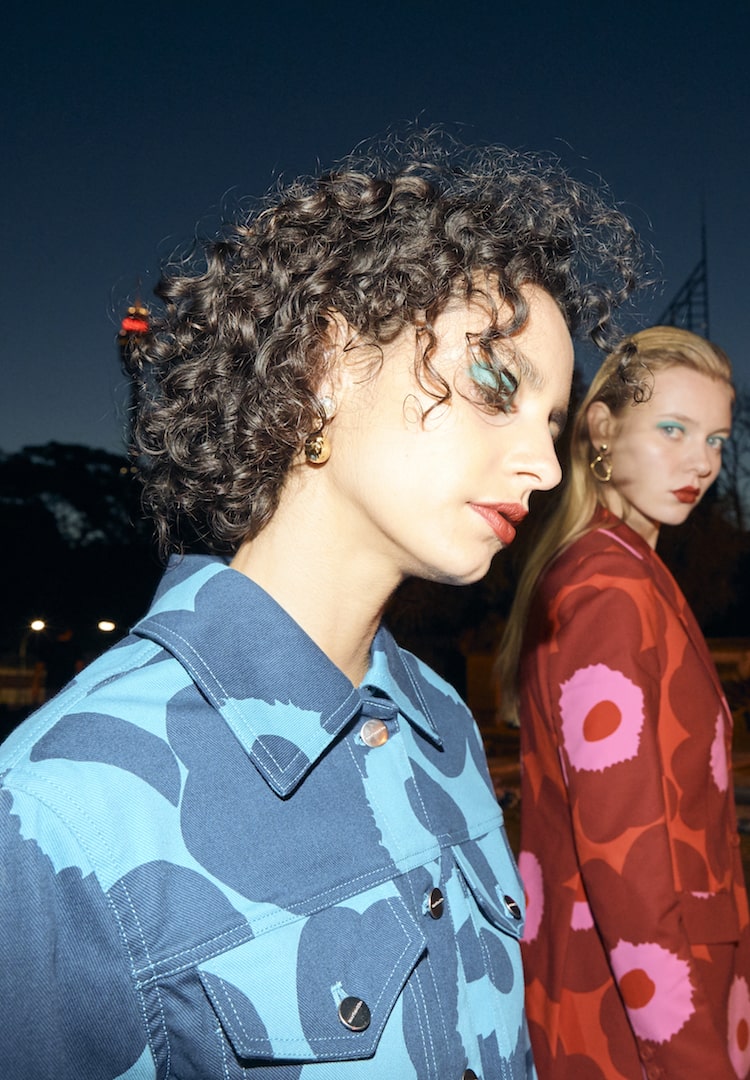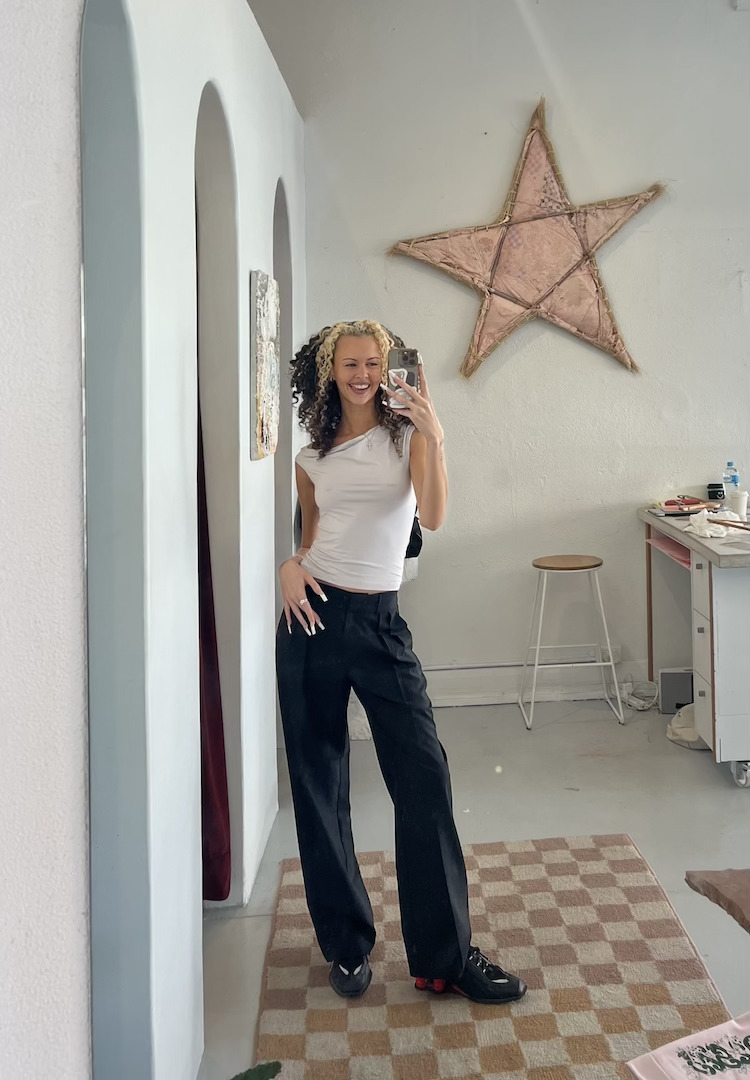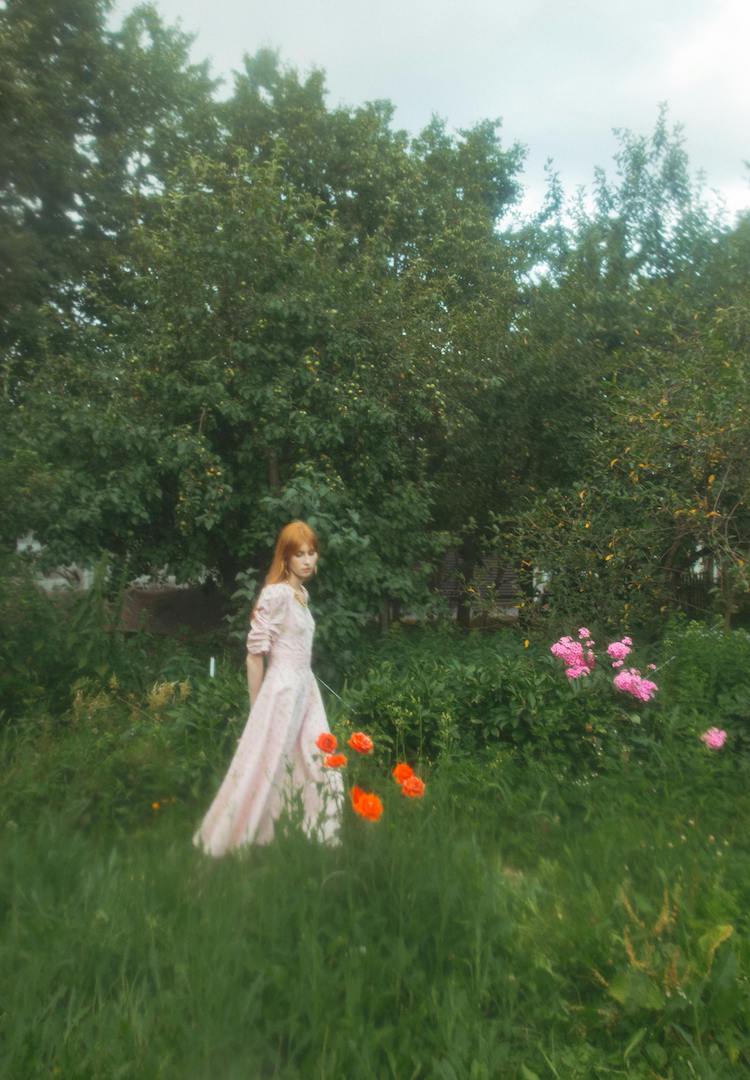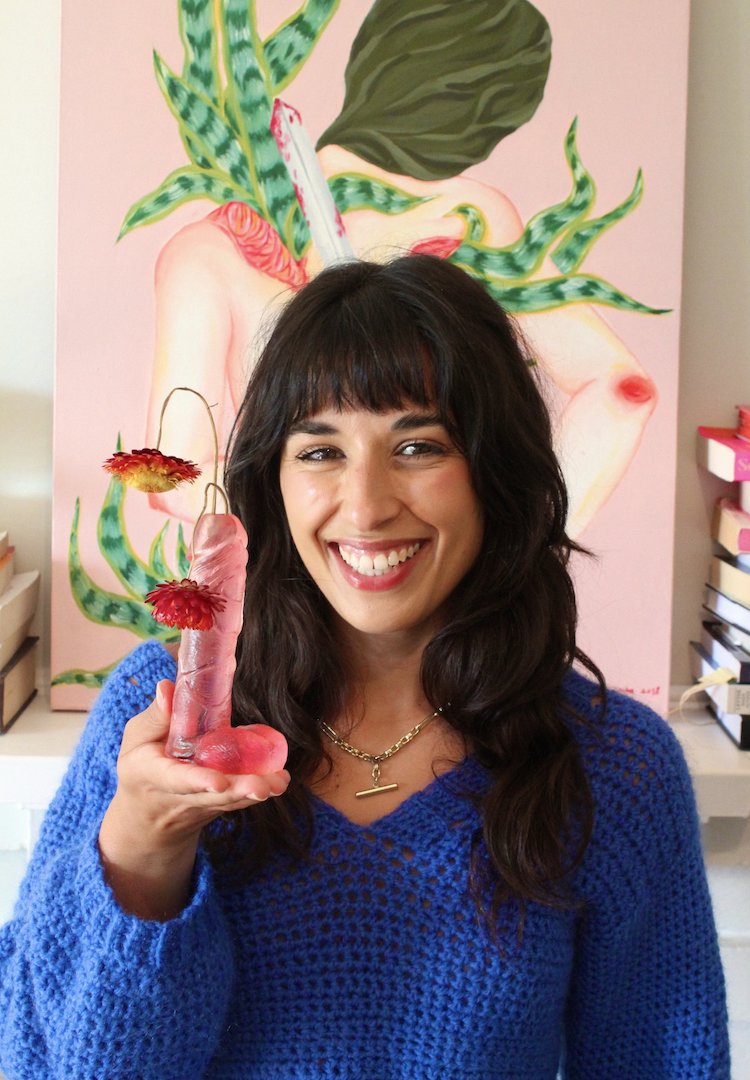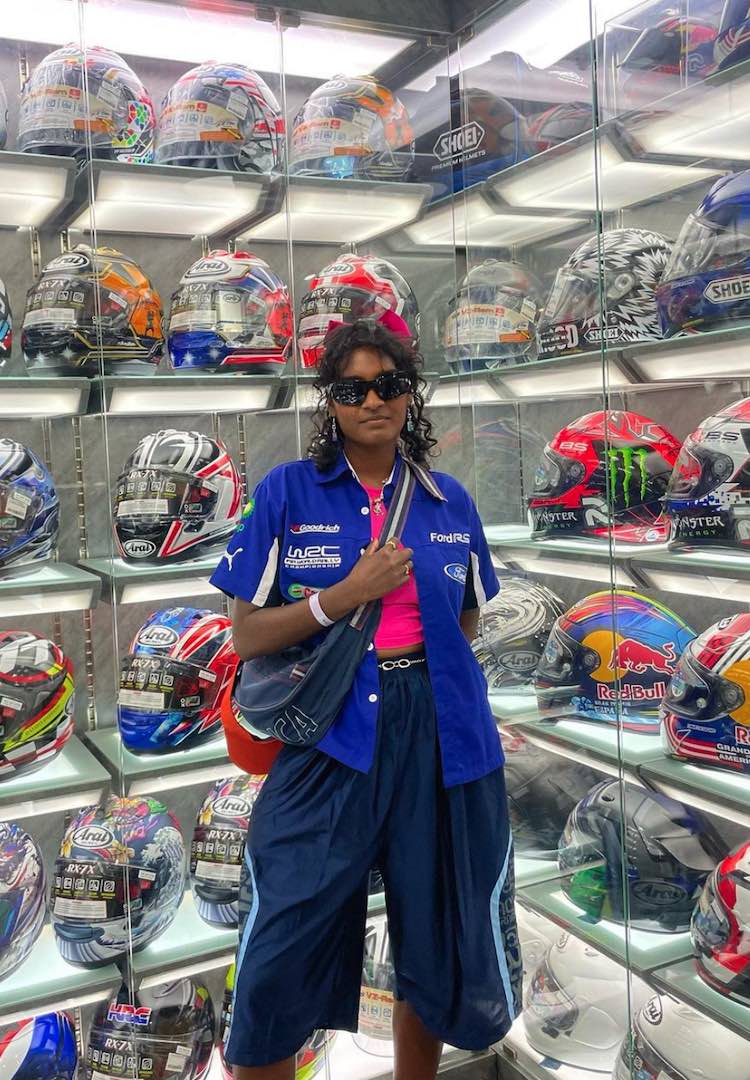Why is ’90s fashion the trend that won’t die?
IMAGE VIA @90SANXIETY/INSTAGRAM
WORDS BY SUNNY CHISHOLM
Has the unpredictability of the pandemic strengthened our desire to look back rather than forward?
There are some exceptional people, or rather, icons, who influence fashion to the point of earning trademark status. For example, mini skirts? Mary Quant. Slip dresses? Kate Moss. Army pants and flip-flops? Regina George.
But for the most part, what we wear is shaped by the world around us. Whether it be as a direct consequence of a global event (pandemic, anyone?) or through osmosis. In the 1920s when women in the US and UK were granted the right to vote, fashion trends rapidly evolved.
Want to stay ahead of the curve? Browse our Fashion vertical for the latest.
Silhouettes that flattened busts and straightened hips were popularised, usually complemented by a short haircut – perhaps the nod to androgynous dressing that reflected the newfound independence they felt (one that had always been afforded to men).
During the Great Depression, the silver screen became a welcomed escape. The aspirational costumes of Hollywood glamour actresses acted as a salve in a climate of scarcity and overt poverty where luxury was the look du jour (think: velvet, fur and anything that dripped in diamonds).
Psychedelic fashion accompanied psychedelic drug use from the mid-’60s, and opulent excess and logomania defined the ’80s (a knock-on effect of Reagan’s economic policies that allowed the rich to get richer and flaunt their new Rolexes).
Then came the insouciant ’90s, the antithesis to the ostentatious, over-the-top spandex-cladded styles of the decade before, with its barely-there dresses, unassuming band tees and relaxed denim. Minimalistic but never boring.
View this post on Instagram
Fantasy dressing
Nowadays, the claw clips, chunky boots, tiny tops, sheer fabrics and plaid prints that were once signature ’90s staples can be found at any retailer (fast fashion or otherwise). Instagram pages dedicated to the era amass millions of followers, with the account @90sanxiety immortalising Princess Di, Tupac, Kobe Byrant and Nirvana, demonstrating “an acute appreciation of elegance, sophistication and distinctive appearance”. Read that again. Distinctive? Maybe. Elegant? Not so much (except for Lady Di, of course).
View this post on Instagram
So, why does the ’90s have such a hold, in a way that no other decade does, over our current culture? What is it that we’re drawn to? Is it simply just the fashion? Or the allure of a simpler time? (Albeit one that most ’90s babies are too young to remember).
Could it be that we’re yearning for a lifestyle pre-Y2K that’s free from smartphones, Zoom calls and 24/7 connect-ability? And are we subliminally manifesting a less chaotic life – one removed from our modern problems – through the way we dress? As the saying goes: dress for the life you want, not the life you have.
View this post on Instagram
Whether we realise it or not, we buy certain clothes to feel a certain way when wearing them. Clothes allow us to fleetingly inhabit the style of someone else we want to be. Maybe minimalistic dressing allows us to channel our ’90s alter-ego: one free from mundane realities like answering emails and typing away at silly little computers every day.
Now-stalgia
I was born in ’96, which means I’m not quite millennial but not quite Gen Z. And it seems that my generation (whatever that is) is nostalgic for a time we weren’t old enough to participate in. So instead, we’ve invented our own understanding of what the decade was. While we might imagine that the ’90s had a pre-digital innocence and safeness to it, it’s easy to be comforted by a rose-coloured past that we don’t distinctly recall.
We remember Britney Spears’ ‘Baby One More Time’ video clip and conveniently forget the slut-shaming and Lolita-like sexualisation she endured. We remember Tupac and Biggie, but forget the social and racial injustices they were subjected to.
We remember Robert Kardashian and OJ Simpson, but forget to have a conversation around domestic violence and how insidiously hidden it still is. The ‘90s that we’re obsessed with is the fictional one we’re served in episodes of Sex And The City and Friends. Filled with rent-controlled apartments in Manhattan and a delightful catalogue of Manolo Blahniks.
View this post on Instagram
Invented or not, this romanticised strain of the ’90s does seem to offer a sense of comfort and familiarity. This idea, coupled with the rise in popularity of Depop and thrift shopping, could explain why rather than seeing the emergence of new fashion trends, we’re reverting back to pre-loved ones. Perhaps the unpredictability of the pandemic has strengthened our desire to look back rather than looking forward.
So, to answer my own question, I think what we’re drawn to is the nonchalance of the era. Because the ’90s didn’t try too hard. It wasn’t overly curated or dictated by an Instagram algorithm. It was a time before publishers were drunk on the power of retouching, before our supposedly evolved minds and opposable thumbs had access to Facetune and filters. It wasn’t polished or perfect, a far cry from the beauty standards of today, and that’s the whole point.
Looking for more ’90s content? Try this.

